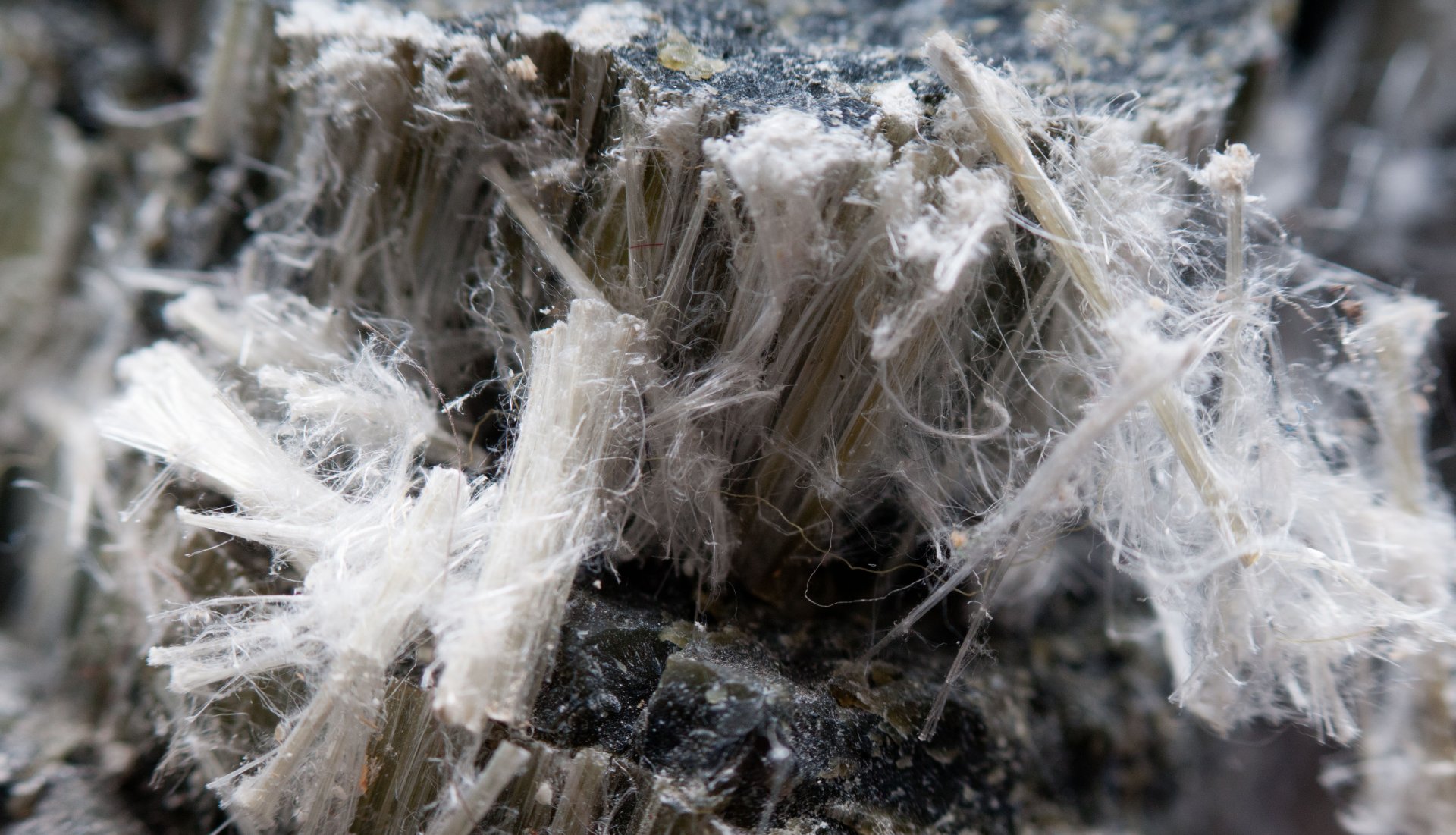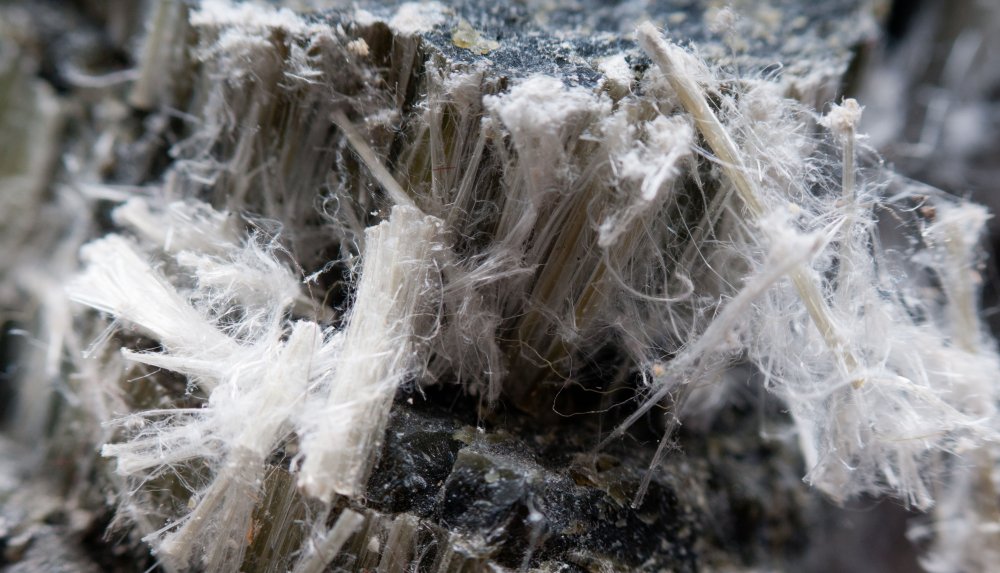What You Need to Know About… Asbestos
April 1st, 2024

As a naturally occurring, heat- and corrosion-resistant material, asbestos was once considered a good option for insulation. Because of these properties, it was historically used in building and materials including mastic, glue, floor tiles, joint compound, suspended ceiling tiles (SCT), and thermal system insulation (TSI), and other applications.
Over time, health issues became associated with asbestos exposure, including Asbestosis, a scarring of the pulmonary tissue due to inhalation of asbestos fibers, and Mesothelioma, a form of lung cancer.
In our field, we refer to building materials that contain asbestos as ACBM - an acronym that nods to materials within a building that contain asbestos that need to be inspected by a trained and certified inspector.
The purpose of addressing ACBM in your property or facility is to identify and manage any potential risks involving asbestos. National Emission Standards for Hazardous Air Pollutants (NESHAP) requires inspections to be performed for all renovations and demolitions activities based on guidelines determined by the age of the building.
Once asbestos has been identified in a building, an Asbestos Management Planner will determine the appropriate response action based on the hazard level and budget. These corrective actions include operations and maintenance (O&M), repair, encapsulation, enclosure, and removal.
One of the main tools used by inspectors is amended water - a combination of water and a small portion of soap. Amended water reduces the surface tension, increasing its ability to penetrate asbestos-containing material and safely surround the asbestos fibers, preventing the fibers from becoming airborne during handling.
Asbestos abatement is performed by a licensed asbestos contractor. Prior to any demolition or renovation activities, the EPA requires at least 10 working days for notification. The notification includes the type and amount of material being removed, the disposal method, and the abatement contractor’s name performing the work.
Once removed, asbestos-containing materials must be disposed of in an authorized landfill that is equipped to handle asbestos waste.
Below, you’ll find a list of types of Asbestos Analysis:
Polarized Light Microscopy (PLM) - commonly used for the detection of asbestos in bulk building materials and can be used in everything from mastic to mud elbow to suspended ceiling tiles and roofing materials.
Transmission Electron Microscopy (TEM) - used to analyze samples at high magnification, and can identify asbestos fibers in the air, as well as any asbestos fibers by morphology, crystalline structure, and elemental analysis. Analysis includes a detailed testing of the samples for organic components, as well as inorganic acid-soluble and insoluble components.
Phase Contact Microscopy (PCM) - used to count the fibers present to determine if the total concentration of fibers exceeds the EPA clearance level.
Author: Jorge Bejarano-Marchand








